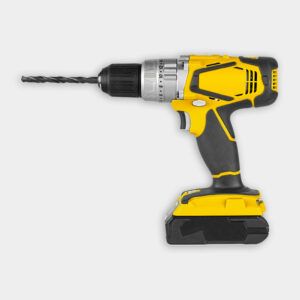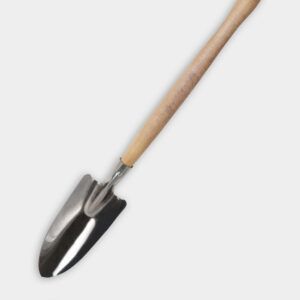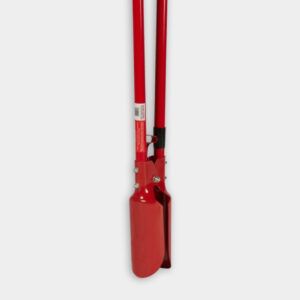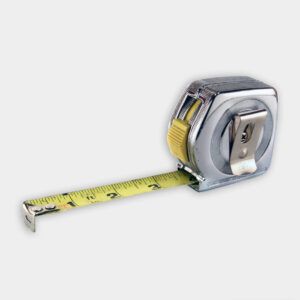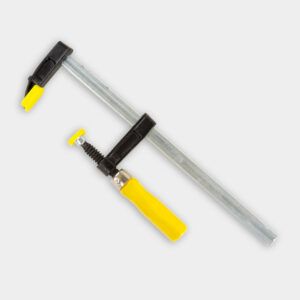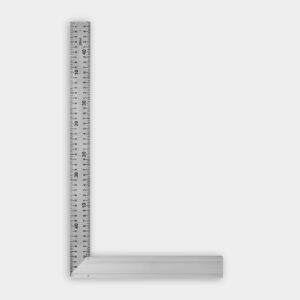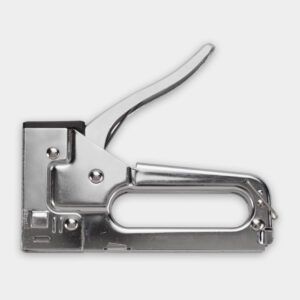We may be compensated if you purchase through links on our website. Our team is committed to delivering honest, objective, and independent reviews on home products and services.
A sagging fence gate can be an eyesore and a functional nuisance, making it difficult to open and close your gate properly. Fortunately, you can restore your gate to its former glory with the right tools and techniques. In this DIY Smarts project, Ask This Old House general contractor Tom Silva heads out on a house call to help a homeowner solve an issue with a sagging gate.
Assessing the Problem with Your Fence Gate
Before diving into repairs, it’s important to identify the root cause of your gate’s sagging. There are typically two main culprits: wobbly posts and an out-of-square gate.
Wobbly Posts
A loose or rotting post is often the primary cause of a sagging gate. To check for this:
- Grasp the post and try to wiggle it.
- If there’s significant movement, the post may need reinforcement or replacement.
- Dig around the base of the post to inspect for rot or decay.
Out-of-Square Gate
Even with a sturdy post, the gate itself can sag over time. To determine if your gate is out of square:
- Measure diagonally from corner to corner in both directions.
- If the measurements differ, your gate is out of square.
- The difference between measurements indicates how much adjustment is needed.
Steps for Fixing a Sagging Fence Gate

If your post is wobbly but not severely rotted, you can often reinforce it without a full replacement.
Assessing Fence Post Condition
Silva recommends checking the post’s condition before deciding on a repair method. Start by digging down below the post’s collar of rotted wood and using a flathead screwdriver to test the wood’s firmness. If the post is rotten, remove it and replace it with a new post.
Reinforcing the Post
If the post is wobbling but not rotten, you’ll need to start the repair there. To stabilize a wobbly post:
- Dig around the post to expose about 12 inches below ground level.
- Use a level to check for plumb in all directions.
- Steady the post in place with a pair of support boards nailed or screwed to the post. Attach the other end of the support boards to a stake driven into the ground.
- Break the seal on a two-part expanding foam and mix it back and forth according to the manufacturer’s instructions.
- Open the bag and pour it into the hole around the base of the post.
- Allow the foam to cure per the manufacturer’s instructions (typically 1–2 hours).
- Once it’s dry, remove the supports and attach the post to the fence, if necessary.
Silva uses Sika PostFix, which cures in about two hours. Note that temperature and humidity levels can affect the foam’s curing time.
Squaring the Gate
Once the post is secure, it’s time to address the gate itself. Silva demonstrates how to bring an out-of-square gate back into alignment using the process outlined below.
- Lay the gate on a flat surface.
- Use a tape measure to measure diagonally from corner to corner in both directions.
- Calculate the difference between measurements and divide by two to determine how much adjustment is needed. For example, if one measurement reads 49 inches while the other measurement reads 47 inches, the gate will be out of square by 1 inch (49-47=2, 2/2=1).
Adjusting the Gate
In almost all cases with sagging gates, you’ll need to lift the bottom of the latch side to square up the gate. Stretch a pipe clamp or ratchet strap across the top corner on the hinge side to the bottom corner on the latch side and tighten slowly until the gate is square.
Reinforcing the Gate
To maintain the gate’s square shape, cut wood corner supports from pressure-treated lumber and drill them into each corner of the gate. If the rails (the top and bottom board of the gate) and styles (the vertical boards of the gate) overlap, drive two screws through the face of each corner to create more support. In the video, Silva shoots stainless brads through the lattice strips to reinforce them.
With the post dry and steady and the gate squared, hang the gate from the post and test the swing. It may be necessary to adjust the post on the latch side of the gate as well, and if so, follow the steps outlined above.
Additional Repairs for a Sagging Fence Gate
After addressing the main issues, take the opportunity to make other necessary repairs to your gate. Here are a few common problems and solutions.
Tightening Loose Components
Inspect the gate for loose lattice work or decorative elements. Secure loose lattice with a staple gun and 1-inch, 4-crown staples. Reattach any loose caps or decorative elements with appropriate fasteners.
Adjusting the Latch
If the gate still doesn’t close properly, check the latch’s alignment with the strike plate. Adjust the strike plate position if necessary. Installing an anti-sag gate kit can help with long-term support.
Fixing Lattice Work and Decorative Elements
Besides fixing loosely attached lattice, tighten any decorative elements. Confirm that all pieces are secured with the proper fasteners, such as nails, screws, or staples, to maintain the gate’s aesthetic and functional integrity.
Painting and Sealing
After making structural repairs, you might paint or seal your gate. An exterior-grade paint or sealant protects the wood from moisture, UV rays, and other environmental factors.
Replacing Hardware
Worn-out hardware can also contribute to a sagging gate. Inspect hinges, latches, and other metal components for rust or wear and replace them as needed. Make sure all replacements are properly aligned and securely fastened.
Resources for Fence Gates
Silva repairs the fence using some basic tools, including a post hole digger, a staple gun, and a drill driver. You’ll find these at The Home Depot and Amazon. He uses Sika Postfix Fence Post Mix to straighten the fence posts.
